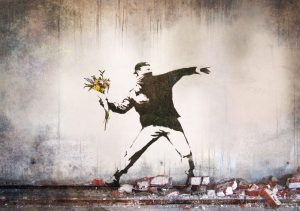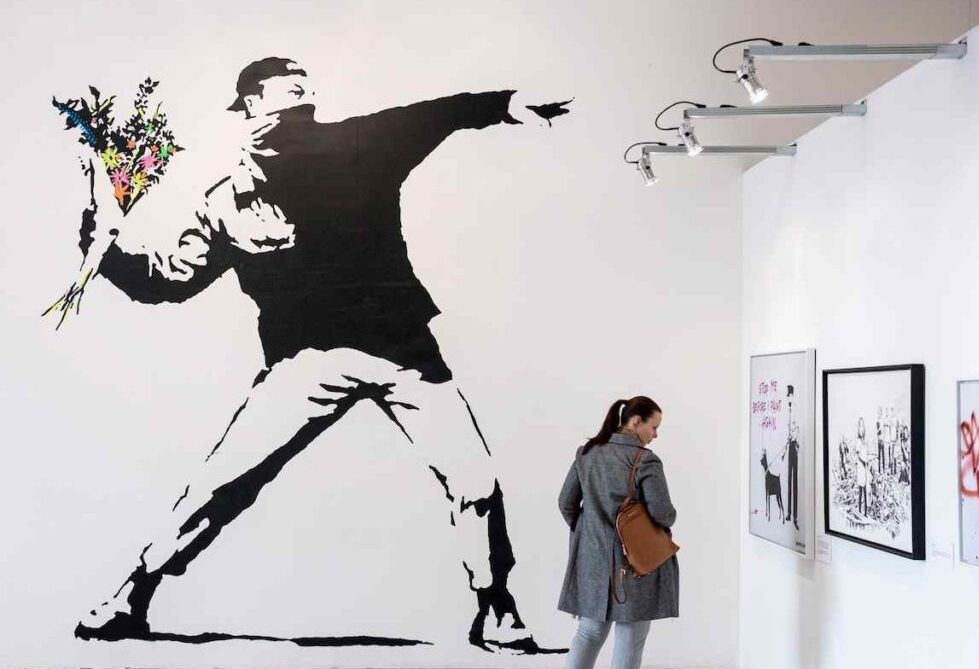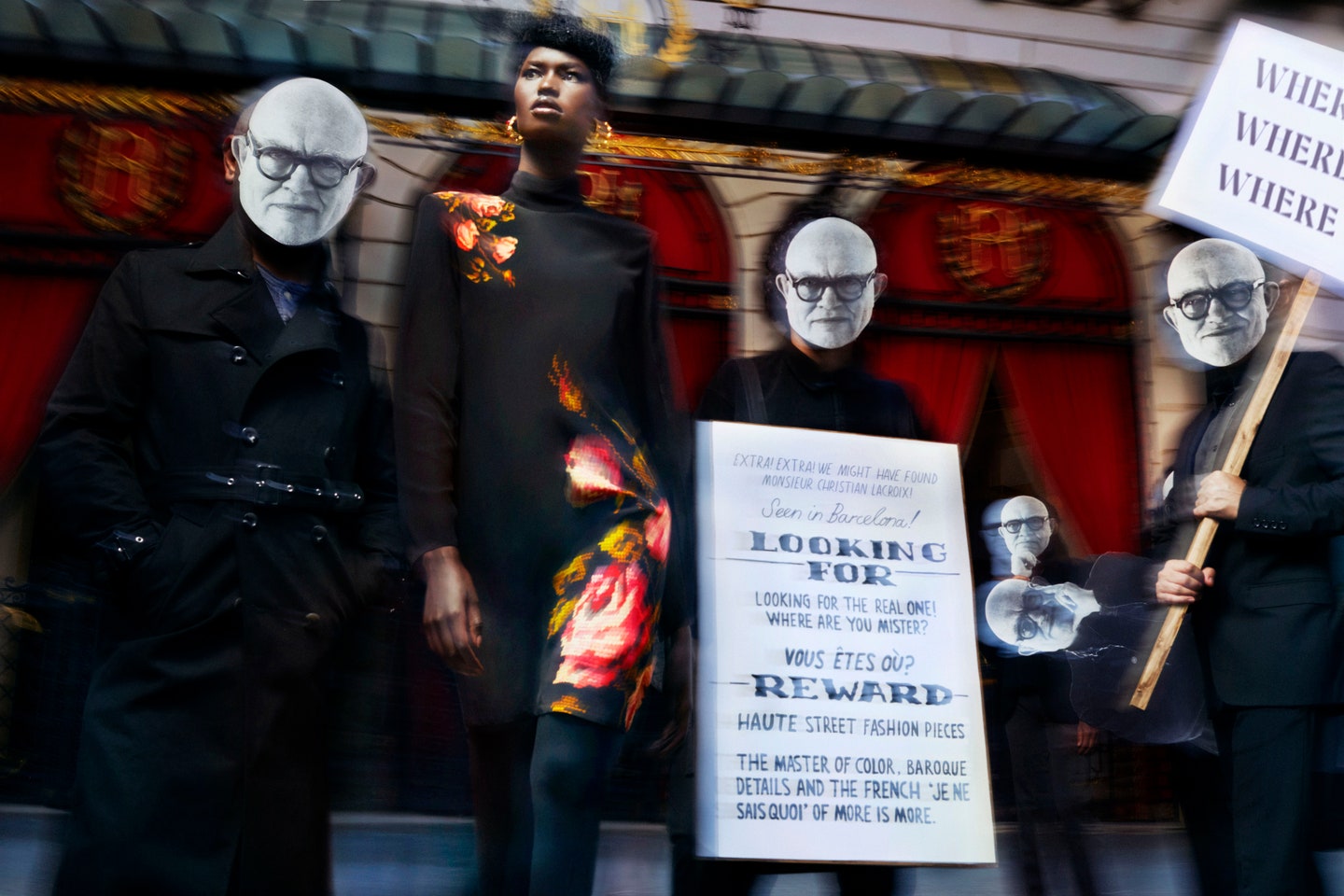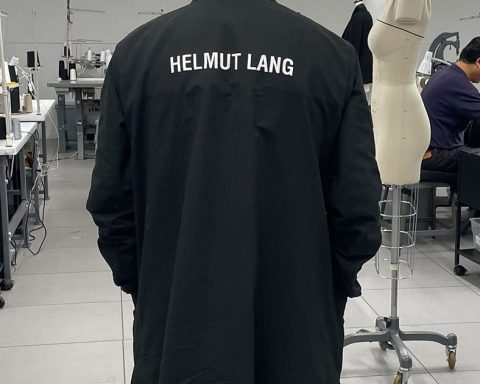Banksy has lost the copyright over one of his most famous works “Flower Thrower” after a two-year-long legal battle against the card company Full Color Black. The EUIPO (the European trademark office) cannot identify the artist as the unquestionable owner of such works as his identity is hidden. For the laws that regulate copyright, the artist needs to reveal his identity is he wants to be recognized as the owner of his work.

The legal battle was over one of Bansky’s most famous work, Flower Thrower, that features a covered protestor throwing a bouquet, appeared for the first time on a wall in Jerusalem (2005). The anonymous artist, which iconic graffiti are placed all over the world, in 2014 even was acknowledged by the European Union for his work. But two years ago, the card company Full Color Black, presented a request at the EUIPO office to use the image.
Banksy had even claimed that “copyright was for losers”, and in his 2006 book “Wall and Peace” had made his artwork freely downloadable, promising to never commercialise his works. Then last October he set up a shop to sell his artwork in Croydon and claimed the sole purpose of the venture was to “fulfil his trademark obligations”. The judges said his intention to “circumnavigate the law” rather than commercialise his goods was in bad faith. The panel of judges, part of the European Union Intellectual Property Office, said: “Banksy has chosen to remain anonymous and for the most part to paint graffiti on other people’s property without their permission rather than to paint it on canvases or his own property. He has also chosen to be very vocal regarding his disdain for intellectual property rights. It must be pointed out that another factor worthy of consideration is that he cannot be identified as the unquestionable owner of such works as his identity is hidden; it further cannot be established without question that the artist holds any copyrights to graffiti.”
Bansky, as decided by the UE, now needs to pay any cost and the commissions to Full Color Black.
The legal battle was over one of Bansky’s most famous work, Flower Thrower, that features a covered protestor throwing a bouquet, appeared for the first time on a wall in Jerusalem (2005). The anonymous artist, which iconic graffiti are placed all over the world, in 2014 even was acknowledged by the European Union for his work. But two years ago, the card company Full Color Black, presented a request at the EUIPO office to use the image.
Banksy had even claimed that “copyright was for losers”, and in his 2006 book “Wall and Peace” had made his artwork freely downloadable, promising to never commercialise his works. Then last October he set up a shop to sell his artwork in Croydon and claimed the sole purpose of the venture was to “fulfil his trademark obligations”. The judges said his intention to “circumnavigate the law” rather than commercialise his goods was in bad faith. The panel of judges, part of the European Union Intellectual Property Office, said: “Banksy has chosen to remain anonymous and for the most part to paint graffiti on other people’s property without their permission rather than to paint it on canvases or his own property. He has also chosen to be very vocal regarding his disdain for intellectual property rights. It must be pointed out that another factor worthy of consideration is that he cannot be identified as the unquestionable owner of such works as his identity is hidden; it further cannot be established without question that the artist holds any copyrights to graffiti.”
Bansky, as decided by the UE, now needs to pay any cost and the commissions to Full Color Black.








